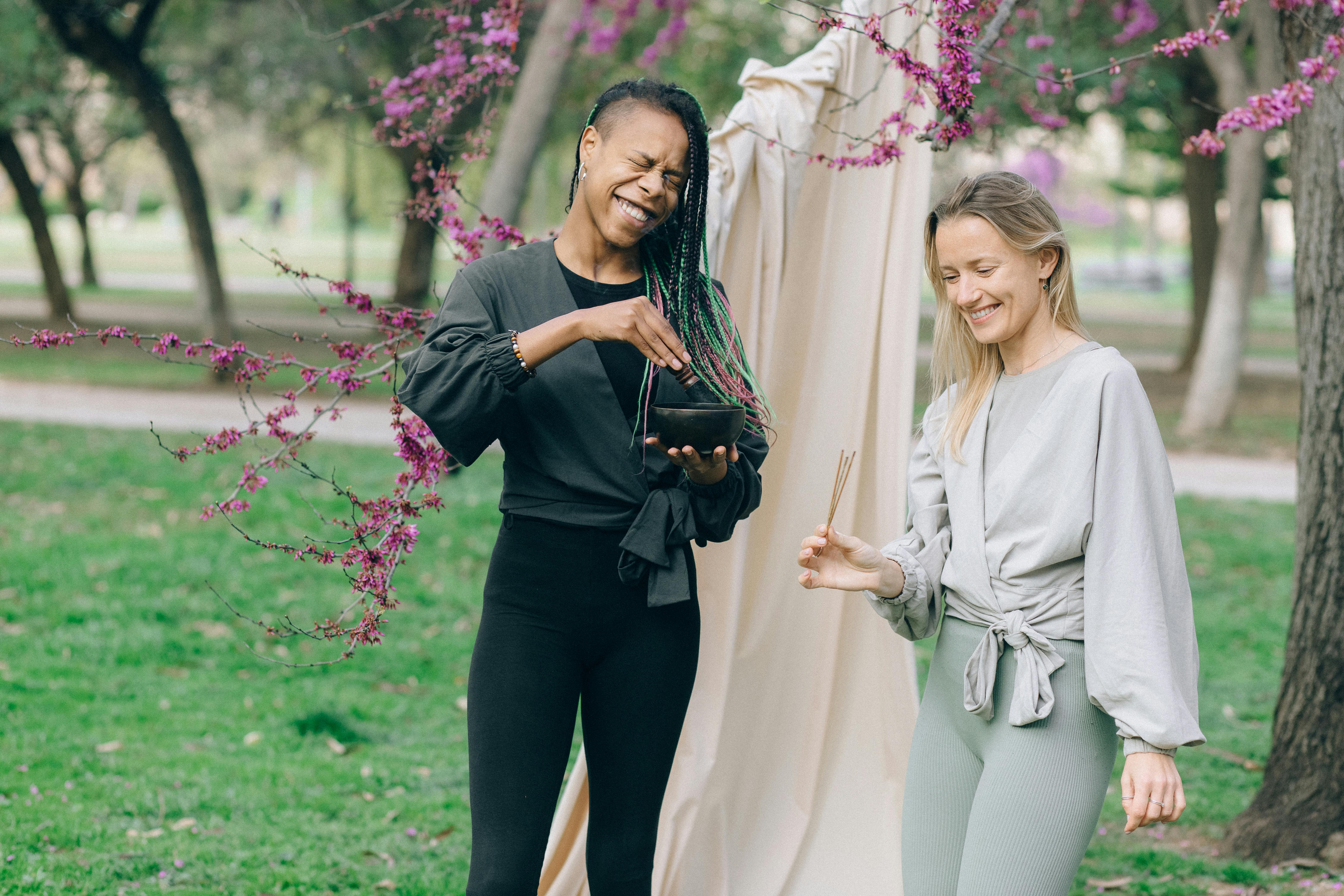Did you see Steve Francis in the 2000 Slam Dunk contest? He then finished runner-up to Vince Carter with some incredible dunks. Actually, he had a 44-inch vertical at the time! That’s right, 44 inches! Other than Vince Carter (45-inch vertical), Stevie Franchise had the highest vertical in the league at the time! And in case you didn’t know, the guy is only 6’3”!
“I never got wet with Shaq or Mutombo. But I got ‘Zo. I never got C-Webb. I got Patrick Ewing, Vin Baker. I remember those dunks because those guys were always like, ‘You’re not going to dunk on me,’ and stuff like that. . But I have them!”
-Steve Francis
So how do you get such a sick vertical? For starters, it’s important to know that being able to jump high is the result of a combination of these things:
– natural ability
– Leg strength
– Explosive power
– Athletics in general
That means if it’s not in your genes, you’ll probably never be able to jump like Steve Francis. Then again, none of us can. But no matter what his vertical jump is now, he can always improve it. To get motivated, just take a look at Steve Francis’ training in the past – he’s a
4 days a week, one hour of training per day (running and basketball not included, = 3 additional hours per day). Each day consists of different exercises, only certain exercises like jump rope are done each time.
Day 1 (Monday):
– Jump rope (300 jumps)
– DynaDisc Figure Eight Step onto a pair of discs (they look like deflated dodge balls) that hold a ten pound medicine ball. (15 eights in each direction)
– Seated Reverse Crunch Sit on a flat bench with your legs sticking out the end. Supporting yourself with your arms, lean back until your upper body is at a 45-degree angle to the bench and slowly draw your knees toward your chest, keeping your upper body stable. Return them slowly to the starting position to complete the movement. (2 sets of 15)
– Sprint High with Knees Up Sprint across a basketball court while staying on your toes and lifting your knees as high as possible. (20 races)
– Leg curl (2 sets of 15)
– Seated leg extensions (2 sets of 15)
– Hip abduction (2 series of 10)
– Hip adduction (2 series of 10)
Dumbbell Chest Press with Stability Ball Like a standard chest press, but while lying with your back on the ball to work a little more core. (2 sets of 10)
– Dumbbell Front Raises You are now entering the portion of the workout designed to enhance the shoulders. Making sure your arms stay just outside shoulder-width apart, raise first one, then the other, for one rep. (2 sets of 15)
– Dumbbell Lateral Raise To work the outer shoulder, stand slightly bent at the waist, holding a weight in each hand, palms facing each other. Raise your arms out to your sides until they’re parallel to the ground, then come back up. (2 sets of 15)
– Dumbbell Rear Deltoid Raise Lie face down on a bench at a 45 degree incline with dumbbells in each hand, arms hanging off the bench and slightly bent. Maintaining that same elbow flexion, raise your arms out to the sides until they are parallel to the floor, then return. (2 sets of 10)
– One Arm Dumbbell Row Now for the back of the shoulders, hold a weight in your right hand, lean over and place your left hand and knee on a bench for support. Keeping your back slightly arched and your shoulders parallel to the floor, raise your weight-bearing elbow toward the ceiling, then back up. (2 sets of 10, then switch sides and repeat)
– Exercise bike (25 minutes)
As for the vertical jump exercises, in addition to the common exercises like jump rope and calf raises, Steve used some very effective special exercises.
Here’s an example:
Stand up straight and jump as high as you can without bending your knees (the knees will bend slightly). As soon as you hit the ground, come back up and repeat this movement several times. This exercise is extremely effective in strengthening the lower leg muscles.
Keep in mind that the vertical jump is part leg strength and part explosiveness. In fact, the explosiveness part is the more important of the two. It’s not about the size of your leg muscles or how much weight you can handle in the gym. It’s all about your athletic ability, coordination, and your ability to explode and get off the ground.
For the rest of the jumping exercises and crucial things to know about the vertical jump (why what you “don’t” do is often more important than what you “do”), take a look at this page. I strongly recommend:
